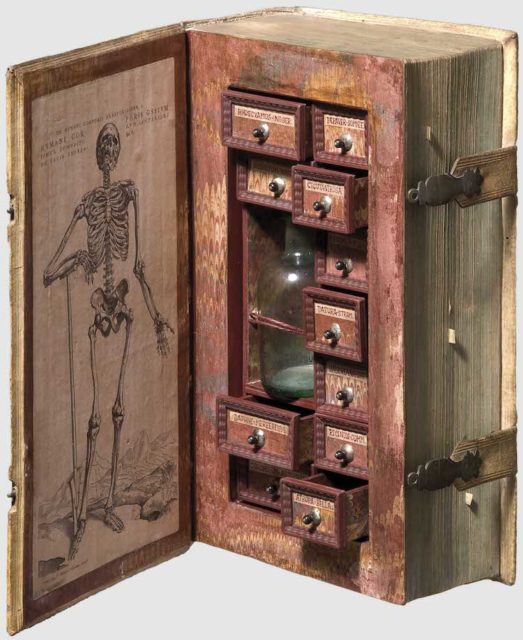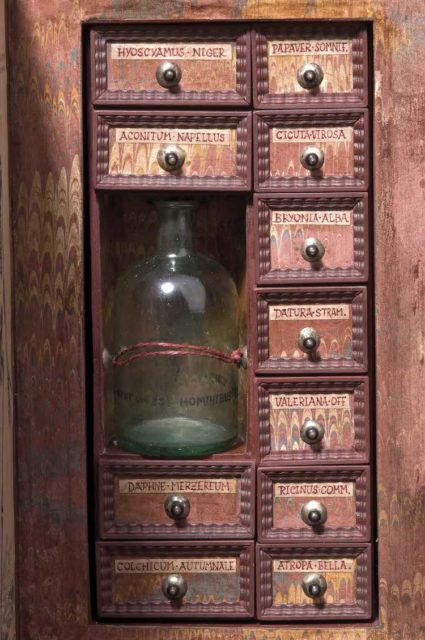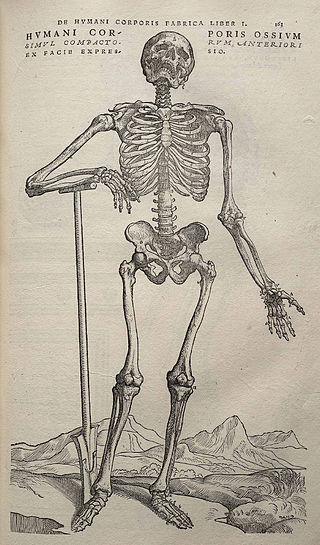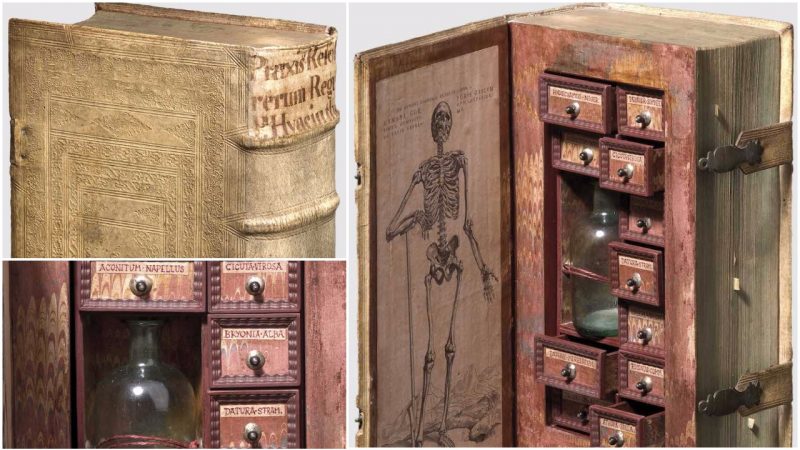It is hard to decide which books in the history of the world are the strangest, but among the contenders for the title are several volumes produced in medieval times. One such book is the Codex Gigas, also known as the Devil’s Bible, which is alleged to bring disaster and misfortune to whomever happens to possess it. The reason? It contains an unusual portrait of the devil on one of its 310 vellum pages, and the legend is that the monk who wrote this vast text did so during a single night with the aid of the devil himself. Regarding its size and weight, this book is so huge that it takes two people to carry it.
Another strange volume is the Voynich Manuscript, a book containing various botanical texts. What’s odd is that it has ink drawings and illustrations of plants that are of entirely unknown provenance. Other obscure contents add to the pictures, included charts of astronomy or astrology, along with a fair amount of nude portrayal of females. The entire book is bizarre, to say the least.
However, a book that possibly outranks both of the above in strangeness is one that first appeared as listed for purchase by the Hermann Historica auction house in Germany, in 2008. The auction house described it as “A Hollow Book Used As a Secret Poison Cabinet,” and it was dated the 17th century.

It appears voluminous, but anyone who thought the book has too much text inside is wrong. The interior is crafted into 11 drawers, all varying in their size. The elaborate inside of the book seems refined, with each drawer fitted with a jar made of glass. Although empty, labels attached to each drawer containing a bottle clarifies what the purpose was. The hollow book was either an assassin’s arsenal with a bunch of toxic herbs and poisons, or found a different use among healers and medicinal practitioners several centuries ago. We will never know for sure.
The reason it is so hard to determine the intentions of its owner is that many of the herbs and remedies used before the scientific development of modern medicine were just as likely to kill the patient (or victim) as they were to cure them. Ancient healers used knowledge of the plants in their local area passed down through generations, but it could be a risky business.
If inspected from beginning to end (starting left to right and moving top to bottom), the first of the 11 drawers used to contain a poisonous herb known as the henbane. While some of the first known usages of this plant date back to ancient Greece, probably the most widely known instance is in Shakespeare’s Hamlet. It is the poison that kills Hamlet’s father after being poured into his ear. However, the same plant is known to have helped our medieval ancestors heal tooth pains and even rheumatism.

The second drawer carried an even more powerful herb, the opium poppy. Today this plant is well noted for producing dangerous illegal drugs, but in medieval days its more likely usage was as a painkiller. Whether the hollow book’s owner was happy to give the poppy in larger doses, which would have been catastrophic, is something we’ll probably never know either.
The third drawer has been reserved for a plant referred to as monkshood, or wolf’s bane. In the old days, this herb provided a poison once added to the tip of a weapon, such as a spear. Ancient Roman assassins frequently found it useful, which is why at one point, it was largely forbidden throughout the Roman empire. In the correct dose, it had medicinal uses as a painkiller, to prevent infections, and even to treat coronary disease by widening the veins.
Similarly to monkshood, a herb known as the belladonna (deadly nightshade) would find its place in the last of the 11 drawers. It is known to have been used as an anesthetic as well as in cosmetics, however this too was employed as a poison that would often be added to the tip of an arrow. It was another favorite among assassins in Ancient Rome, especially if we bear in mind that allegedly Roman emperors lost their lives due to belladonna poisoning.

The Latin inscriptions on the fourth and the fifth drawers read the names Cicuta Virosa and Byronia Alba. The first of these two was known to contain a type of toxin that affected the functionality of the central nervous system, and the second one made for another poison if not consumed with caution. Handled by a healer, Byronia Alba would be used to treat severe poisoning and pains in the stomach.
The other half of the drawers appear to have contained plants such as the Devil’s snare, valerian, and February daphne. The first of these three is also known as jimsonweed, and medieval medicinal practitioners may have used it as a painkiller. However, consumed in higher doses, it could cause hallucinations as well as death to its unfortunate consumer. Perhaps the lovely pink flower of valerian, nowadays taken as a pill by a lot of people who experience insomnia or stress and anxiety, is one of the safest herbs that were once stored in the hollow book. The usage of valerian root did not differ very much several centuries ago, except in the case of the Swedes, who used it to keep away bad elves.

February daphne, on the other hand, is found to be exceptionally toxic. Also commonly known as spurge laurel, it results in choking, vomiting, and an unpleasant death. However, old medicinal texts indicate the use of its bark as an ingredient in a number of liniments and compresses for various skin complaints as well as for snake bites, the root was possibly chewed to relieve toothache, and the berries would be ingested in some cultures but with caution relating to the dose as it was a known poison.
The ninth and the tenth drawers stored the castor oil plant (Ricinus communis), which is still in use today in herbal and homeopathic remedies, and Autumn crocus, well noted for its poisonous properties. Colchicine is a synthetic derivative of Autumn crocus that is used in modern pharmaceutics to treat gout. Medicinal recipes from the 16th century also tell us that it was an ingredient for a potion that treated the same disease, as well as arthritis and rheumatism. But when ingested just like that, Autumn crocus is quite dangerous.
According to Hermann Historica, the cabinet book that once carried so many toxic and medicinal herbs ended up in a private collection. The authentic volume reached a sum of approximately $7,000 at auction.
